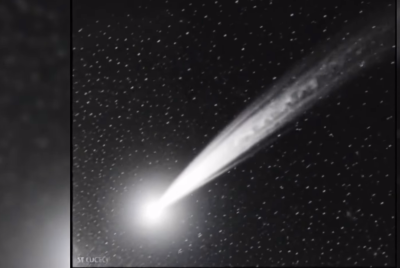Earth may become cleaner using study of flames in microgravity
It will help controlling fire on the earth and to protect astronauts in space.
How fire behaves in space is something scientists have always been curious about. It holds the key to protecting astronauts in space and also on how it works here on earth.
Scientists have created microgravity conditions in the International Space Station and are studying how the core principles of combustion work in such conditions.
According to NASA Glenn Research Center scientist Daniel Dietrich, "If you look at any textbook on combustion, almost all of the theories that are developed ignore the influence of gravity."
Microgravity has an effect on flames – they behave much differently than they do on earth. Instead of waves of flames going upwards, flames become spherical. In a fire on the earth, hotter gases rise to the top, while cooler gases go to the bottom due to gravity. This creates a flickering effect. In microgravity, they form free spheres that move up and down.
How the scientists were able to perform the experiment is also interesting. Since experimenting with flames at the International Space Station can be unsafe for astronauts, the experiment was done using a special Combustion Integrated Rack, which features a Microgravity Science Glovebox. It creates a safe space for such experiments. It also has a wide range of hardware that can help in doing experiments.
"It's not only important from a nerdy theoretical combustion point of view, but also from a practical point of view. The low-temperature chemical reactions that we can study on facilities like the space station are very important in real combustion systems like engines," Dietrich stated, explaining the working of the rack.
Most experiments are done using the Cygnus spacecraft which is unscrewed and detached from the space station for additional safety. It also allows experiments involving larger flames.
The experiment will not only have implications for flames on earth, but also for studying fuel efficiency and pollution, which will be easier to contain if the shape of the fire can be altered.
One of the experiments focusses on the leftover soot and residue after a fire. The byproduct of fires not only causes environmental and health issues, but also creates some useful residues. If this residue can be generated in a controlled manner, it can be beneficial for people. It will help scientists create soot-free fires or ones with more soot.
Finally, it will also help scientists study how to create fire on planetary bodies with variable gravity such as Mars and Moon.

© Copyright IBTimes 2025. All rights reserved.





















